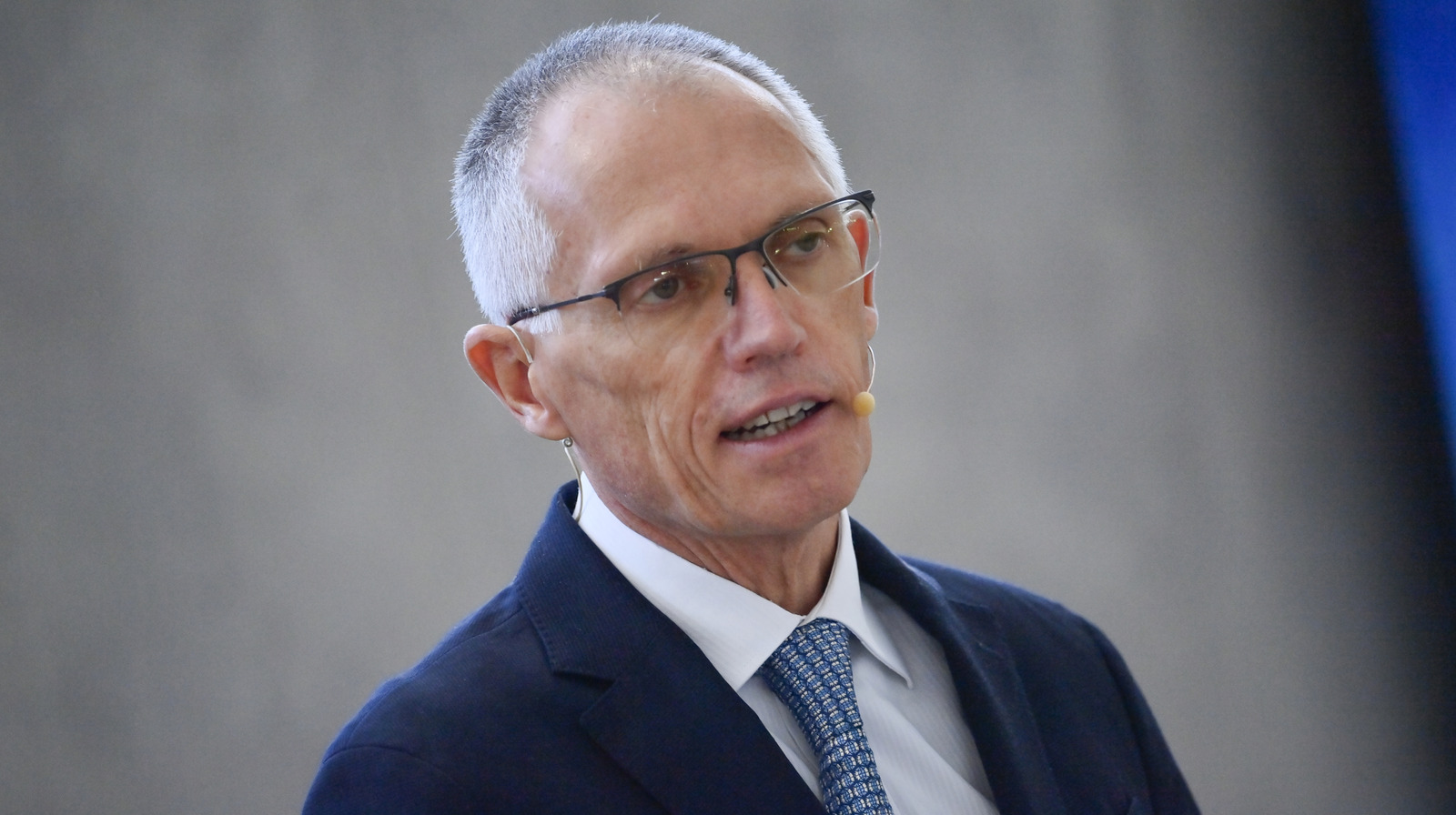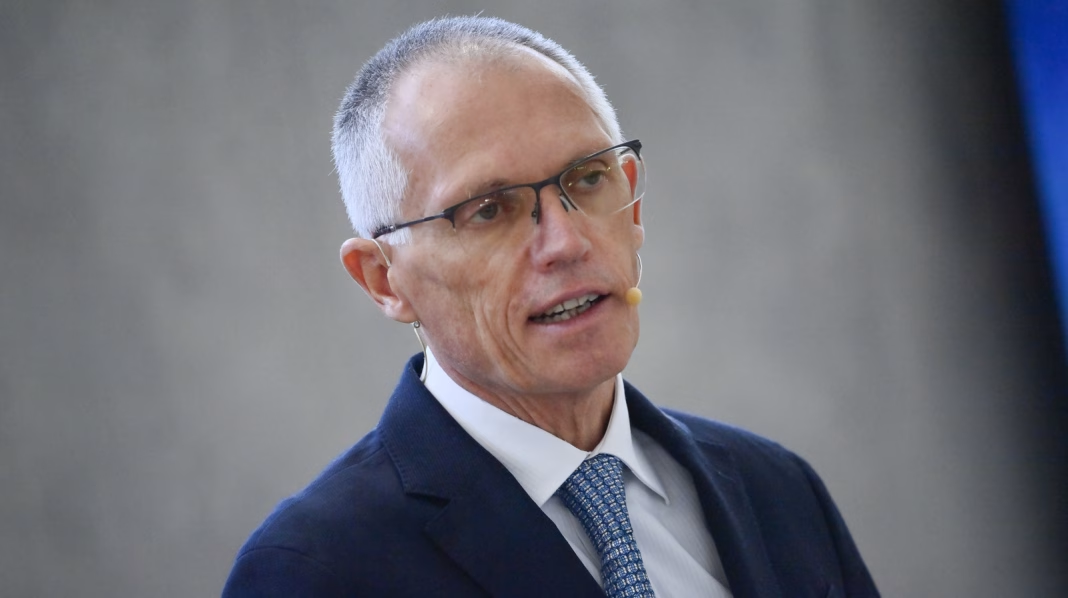Did Carlos Tavares really get fired from his role as CEO of Stellantis, or did he step down on his own terms? This question has been swirling around the automotive world, and the answers might surprise you.
The Rumors of a Dismissal
When news broke about Tavares’s departure, many assumed he was ousted, especially given the intense scrutiny Stellantis has faced in recent months. The company, formed from the merger of Fiat Chrysler and PSA Group, has been navigating a tricky landscape of electric vehicle transitions, supply chain issues, and shifting consumer preferences. It’s no wonder that the board might have seemed eager for a change at the helm.
However, Tavares himself has come forward to clarify the situation. He insists that he wasn’t fired but rather chose to leave the position. This distinction is crucial. If true, it suggests a level of agency and foresight on his part, rather than a reaction to external pressures.
What Led to This Decision?
Tavares’s tenure at Stellantis has been marked by both achievements and challenges. Under his leadership, the company made significant strides in electrification and global expansion. Yet, the automotive industry is in a state of flux, with rapid advancements in technology and changing regulations. Tavares acknowledged that many things could have been handled differently, hinting at a reflective approach to his leadership style.
The automotive sector is notorious for its high stakes and intense competition. Tavares’s decision to leave could stem from a desire to pursue new opportunities or perhaps to allow fresh leadership to tackle the challenges ahead. The reality is that leading a major automotive company today requires not just vision but also adaptability and resilience.
The Impact of Leadership Changes
Leadership transitions in large corporations can have ripple effects. For Stellantis, Tavares’s departure raises questions about the company’s strategic direction. Who will take the reins next? Will they continue Tavares’s vision for electrification, or will they pivot to a different strategy?
Investors and stakeholders will be watching closely. The new CEO will need to inspire confidence and navigate the complexities of the automotive landscape, which includes everything from sustainability initiatives to technological innovations. A fresh perspective could be just what Stellantis needs to regain momentum and address the challenges it faces.
Looking Ahead
As the dust settles on this leadership change, it’s essential to consider what this means for the future of Stellantis and the broader automotive industry. Tavares’s departure, whether voluntary or not, serves as a reminder of the volatility in this sector. Companies must remain agile and responsive to market demands, or risk falling behind.
The big takeaway? Leadership in the automotive world isn’t just about steering the ship; it’s about knowing when to adjust the sails. Whether Tavares left on his own accord or was nudged out, his exit opens the door for new ideas and strategies. Change can be daunting, but it often leads to growth. So, if you’re in a similar position—whether in business or personal life—remember: it’s not about perfection; it’s about making smarter adjustments. Start with one change this week, and you’ll likely spot the difference by month’s end.


